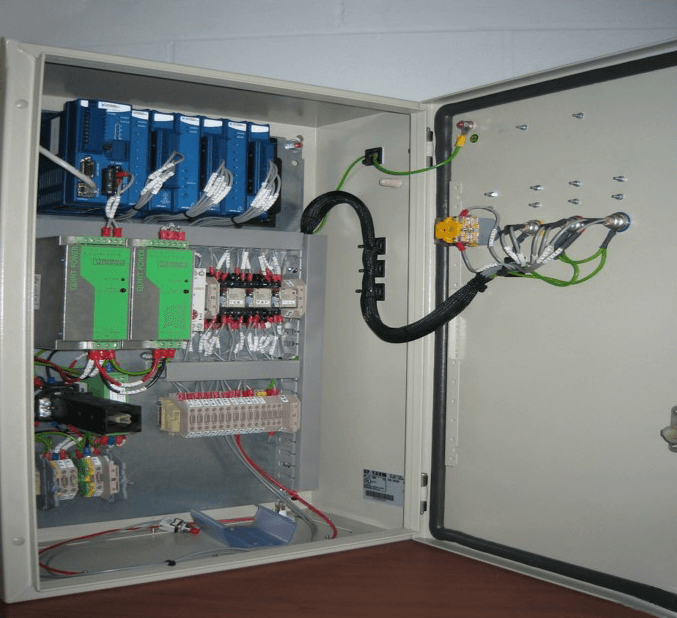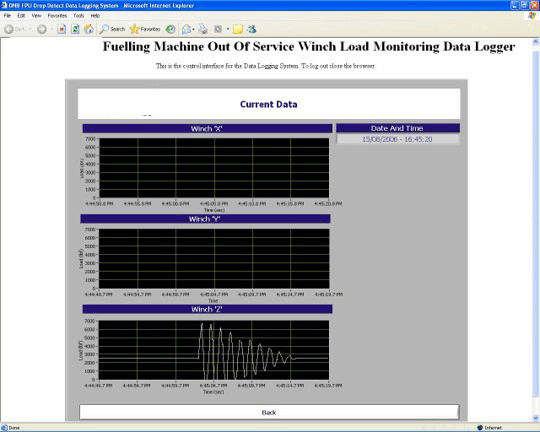Key Fact
The test system for the data logger is based on MXI-4 technology

Testimonials
“The data logging system TBG supplied ensures that we know when a drop occurs helping us prevent damage to the Fuel Plugging Unit.”
Understand
The customer approached TBG Solutions with the need for a Data Logging System to simultaneously monitor the loads on the three winches in the fuelling machine.
The Fuelling Machine is used to carry out refuelling operations and maintenance activities in an Advanced Gas-cooled Reactor (AGR) Power Station. The Neutron scatter Plug (NSP) is a component part of the fuel plug unit (FPU) that can become stuck after being in a reactor for some time. Vibration can cause a stuck NSP to spontaneously release resulting in possible damage to the FPU.
The system is intended to detect when a drop has occurred and store the drop data in a log file. This file can then be retrieved and analysed by site personnel, who in turn will be able to initiate a maintenance schedule should the drop be deemed significant.

Engineer
The system was developed using National Instruments Compact FieldPoint consisting of a Real Time controller (cFP-2120), a digital output module (cFP-DO-400), a high-speed analogue input module (cFP-AIO-600) and a digital output module (cFP-DI-330).
Data from the load sensors attached to the winches is analysed and compared against set ‘Load Band’ parameters. If the readings go above these parameters the system waits a defined period of time for the load to stabilise. Following this wait period, the data is once again analysed against a set of steady state parameters and if the load is within these parameters a drop has occurred and the alarm is raised. The load profile for the detected NSP drop is stored to file and the system will continue to monitor the load on all three of the winches. The alarm can be cancelled via an external ‘Cancel’ button within the site facility. Provision was also given for a suite of test profiles to be sent to the Data Logger system should verification of the system be required.
The test system for the data logger is based on MXI-4 technology. Utilising a fibre optic link (PXI-PCI8336) to a PXI chassis (PXI-1031). A data acquisition card (PXI-6221) is used to send test signals to the data logger via a conditioning box (SCC-2345) containing a voltage to current converter (SCC-CO20). The tester can be connected to any of the three winch channels (via test sockets on the enclosure) to verify its operation. This allows site personnel to input the required test profile and view the received waveform on the Web interface Screen.
Deliver
Prior to TBG Solutions developing this system our Customer had to assess how much damage an FPU had sustained due to an NSP drop, by carrying out extensive non-destructive testing of the FPU welds. Our system allows the size of the drop to be cross-referenced to the damage caused to the FPU. Site personnel will, in time, be able to look at any given drop and decide whether the FPU needs to be taken out of service for maintenance or left in service, thus preventing lost generation with a consequent loss of revenue.



